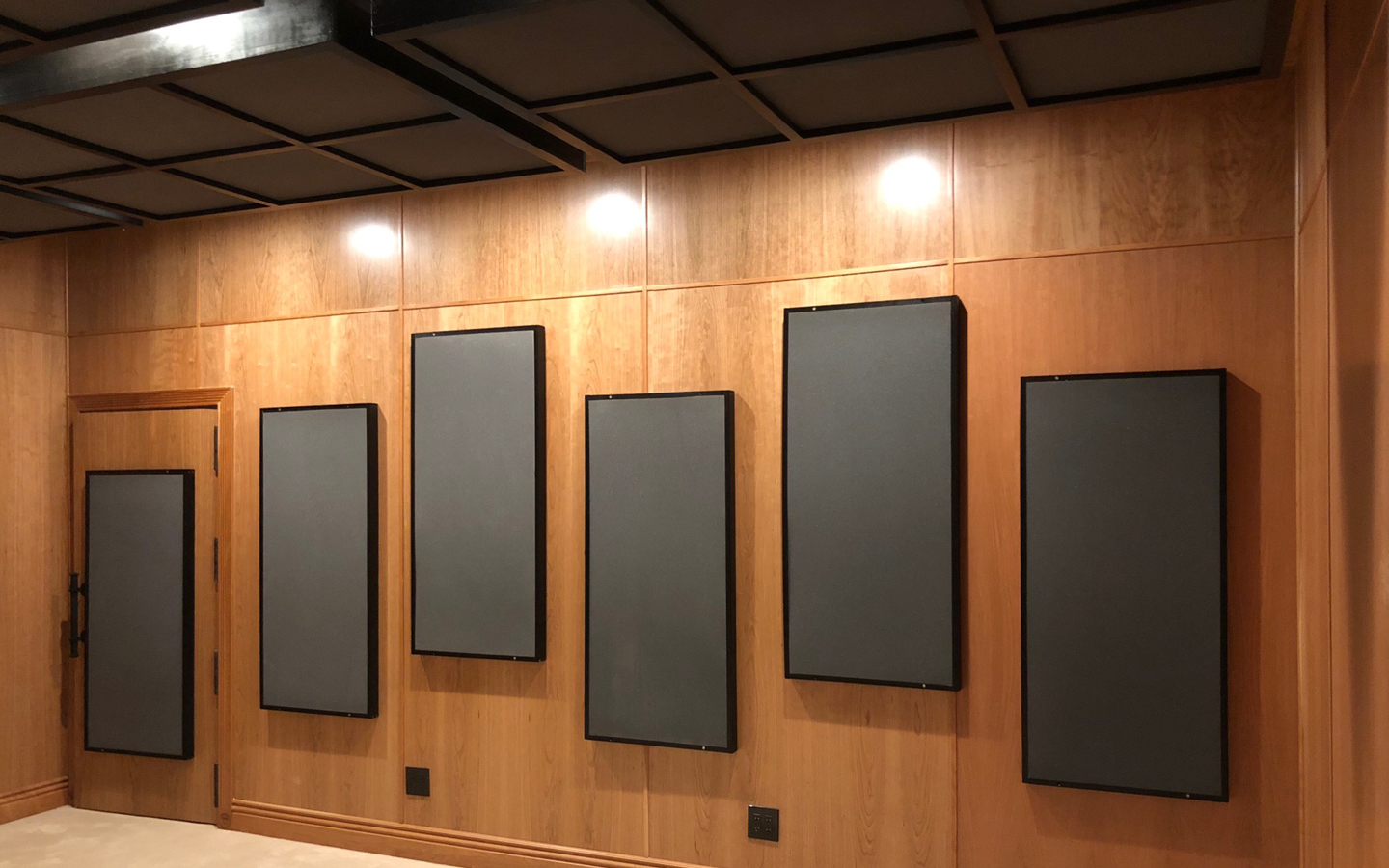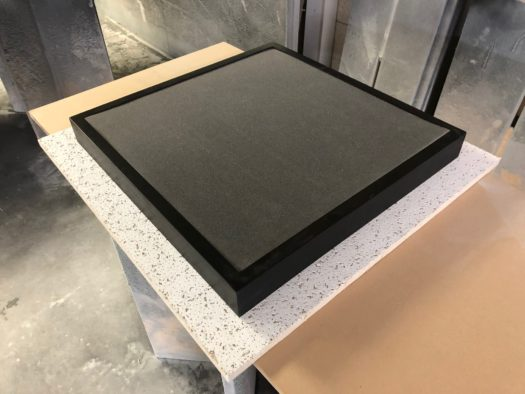Best Foam Panel Adhesive
There is no such thing as the best foam panel adhesive. You must first decide what you are going to use the foam panels for, how many are you going to use will it be a permanent attachment to the surface areas or will you be taking it with you when you move or leave the facility. The next issue you must resolve is how heavy the foam panels are. The weight and the location you will place them in can determine the attachment methodology. Panels installed on a wall will be different than panels you install on the ceiling. The best foam panel adhesive depends on how large the panels are and where you are locating them.
Wall Locations
If you are hanging foam panels on the wall, you are hanging mass that will have the wall as its vertical support. The best foam panel adhesive is no adhesive at all. You can hang the panels using a picture type of arrangement. You can use eye screws and wire to create the same support system as you would use with a picture frame. This methodology will work for panels of average size and weight. You will need a foam panel that has a wood frame or some other attachment surface area to screw the attachment screws into. If you choose not to use this method you and you have a foam panel that you can screw through the frame into the wall. If the wall is drywall then you will need to place anchors in the drywall for the screws to go into. Do not screw directly into the drywall unless you can find a stud to screw into.

Acoustic Foam Panels in Studio
Ceiling Locations
Ceiling locations are more difficult. If you have a drop ceiling with a metal suspension grid, you can install the foam panels on the existing ceiling tile. We have created a product where our foam that was designed to absorb music and voice is attached to the existing ceiling tile and supported by the ceiling grid system. Most ceiling tiles within a drop ceiling system do not do a good job of absorbing energy. We have taken this existing system and attached our Studio Pro Foam. Our foam technology was specifically designed to absorb music and voice. It has the correct rate and level of absorption to absorb just enough of the excess energy within a room to increase speech intelligibility without making the room too dead.
Adhesives
If none of these options are workable, you can always use adhesives. With adhesives, we must consider many variables. We must consider the surface area of the panel and what is it made of. The next issue we must address is the composition of the surface area we are attaching the foam panel to. The best foam panel adhesive is the one that works for three variables. It works with the composition of the panel itself, the wall material you are gluing to and the weight of the panel. When you have all of that data figured out, look to 3M for your adhesive needs. They can assist you with any project. We have been using them for over 12 years with no failures in the shop or field.
Geographical Issues
We do a lot of projects in California. California has many small earthquakes on a regular basis. Think about what is the best foam panel adhesive for earthquakes takes on a whole new meaning. Not only do you have to use adhesives correctly, but you must also secure any wall hanging device with metal links. This is not an option in California. It is the law. If you secure anything that is overhead or wall hanging with adhesives, you must also have a metal link back up system. Here is a project studio we did in Huntington Beach. Notice the metal links that secure the panel to the structure. This is a ceiling installation where the engineer sits directly under the ceiling hanging units.

Acoustic Fields Acoustic Treatment of Kaito Sushi Bar
Restaurants
We did another project in Seal Beach California. It was a sushi bar. The owner was getting complaints from the customers about the noise. People were complaining they could not hear each other when speaking and could not hear the waiter when ordering. The sushi bar which was the highest concentration of people or noise sources was the largest issue. Multiple noise sources clustered together to create more energy. Every human mouth can be thought of as a 2″ speaker. With 6-8 people sitting at the sushi bar, it was a lot of energy to deal with and the room surface areas were hard making the reverberations higher.
Reverberation: https://www.youtube.com/watch?v=LR-AYApQbNE
We measured the reverberation times and found that they were over 4 seconds which is extremely high for a small restaurant. In most small rooms, we like to see reverberation times around 1 – 1-5 seconds. Our goal was to reduce those times by adding the proper treatment type and amount to the appropriate surface areas. As you can see from the photos, we had to add panels to the walls and the ceiling. The ceiling panel units were thicker and heavier than the wall hanging units. The ceiling units were suspended using the same hardware that we used in the project studio. The wall panels were glued and screwed. The wood frames of the foam panels allowed for screws to be drilled through them and attached to drywall anchors. You can not be too careful with walls that start moving with earthquakes.
Reverberation
Reverberation is the summation of all the reflections from the room surface areas. We have reflections from the four walls, floor, and ceiling. If you add up all the reflected energy from our room boundary surfaces, you achieve an Rt-60 time. The reflections from each surface area need to be treated with sound-absorbing materials. This is the number we assign to all of the reflections within the room. You must analyze the reflections from each wall surface. Each wall surface area can radiate a certain frequency and amplitude (strength) We continually see people installing foam panels that are not the correct type or amount to deal with the energy each wall surface
TAP: Type, Amount, Position
Once you realize you have a problem, you must then figure out how large of an issue you have. This calculation will determine the type of sound absorption material you will use. Calculating the amount can be difficult and is best left to a professional especially in a commercial room. The position of the treatment is another issue. You must decide which walls are the most offending and treat those walls or ceiling first. We leave the floor for last in most calculations. Since people sit or stand on the floor, we make the calculation on the surface area from the people. In acoustics, people are equal to 12 square feet of carpeting. We know this absorption coefficient from years of testing and treating rooms. It is best to focus on the four walls first and then the ceiling if required.
About Us At Acoustic Fields: https://www.acousticfields.com/about/









